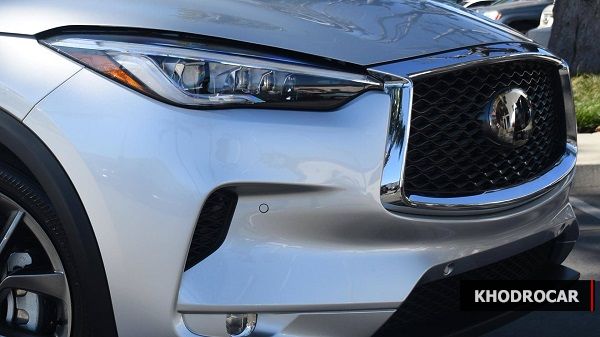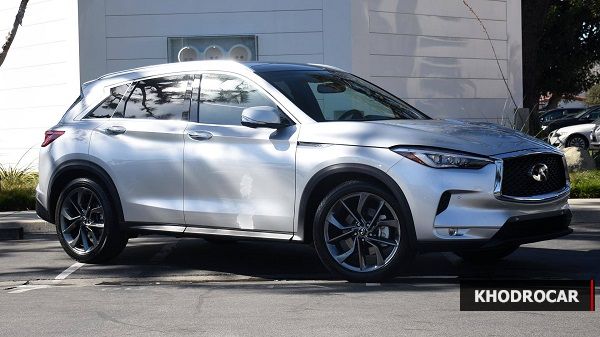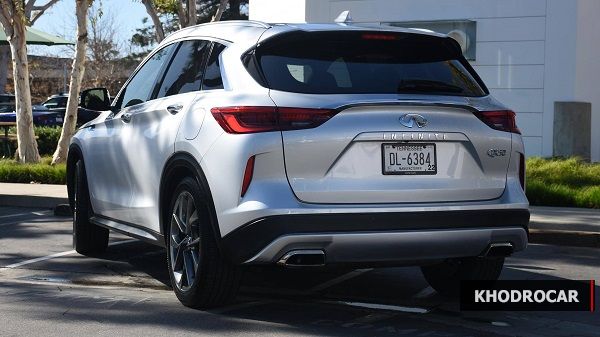Future Nissan Models To Be Lighter Thanks To More Advanced Steel
Did you know that the new Infiniti QX50 premium midsize SUV is the first production vehicle to feature front and rear side members, along other structural body details, made from 980-megapascal ultrahigh tensile strength steel? Well, it is, and Nissan plans to use the material in more future models and here’s why.
Basically, the two main advantages of this new steel are the high level of formidability and its high tensile strength. Using it results in lighter vehicles with more aerodynamic shapes, which have lower emissions and can better protect the occupants.
The material was jointly developed by Nissan and Nippon Steel & Sumitomo Metal Corp, one of the world's leading metalworking companies. The steel makes it possible to form parts with complex shapes that are generally thinner and lighter than equivalent details made of conventional steel.

The new 980-megapascal ultrahigh tensile strength steel is part of Nissan’s plan to reduce the CO2 emissions of its new vehicles by 40 percent by the year 2022, compared to 2000. The automaker aims for the steel to make up to 25 percent of the company’s vehicle parts by weight. In the new QX50, for example, it makes up 27 percent of the construction.
Another advantage of the new steel is the fact that it can be cold-pressed, making it suitable for cost-effective mass production.
Nissan’s aforementioned plan to significantly reduce CO2 emissions is in unison with the company’s decision to gradually phase out diesel engines from its European lineup by early next decade.
While compression ignition engines produce less CO2, they are believed to be much more harmful than gasoline motors because of their NOx levels.


To keep its overall CO2 footprint low, Nissan will invest heavily in electric and hybrid vehicles. For example, the automaker is currently teaming up with Toyota, Honda, Panasonic, and GS Yuasa for an initiative to bring solid-state batteries to market.
Source: Motor 1
Latest News


